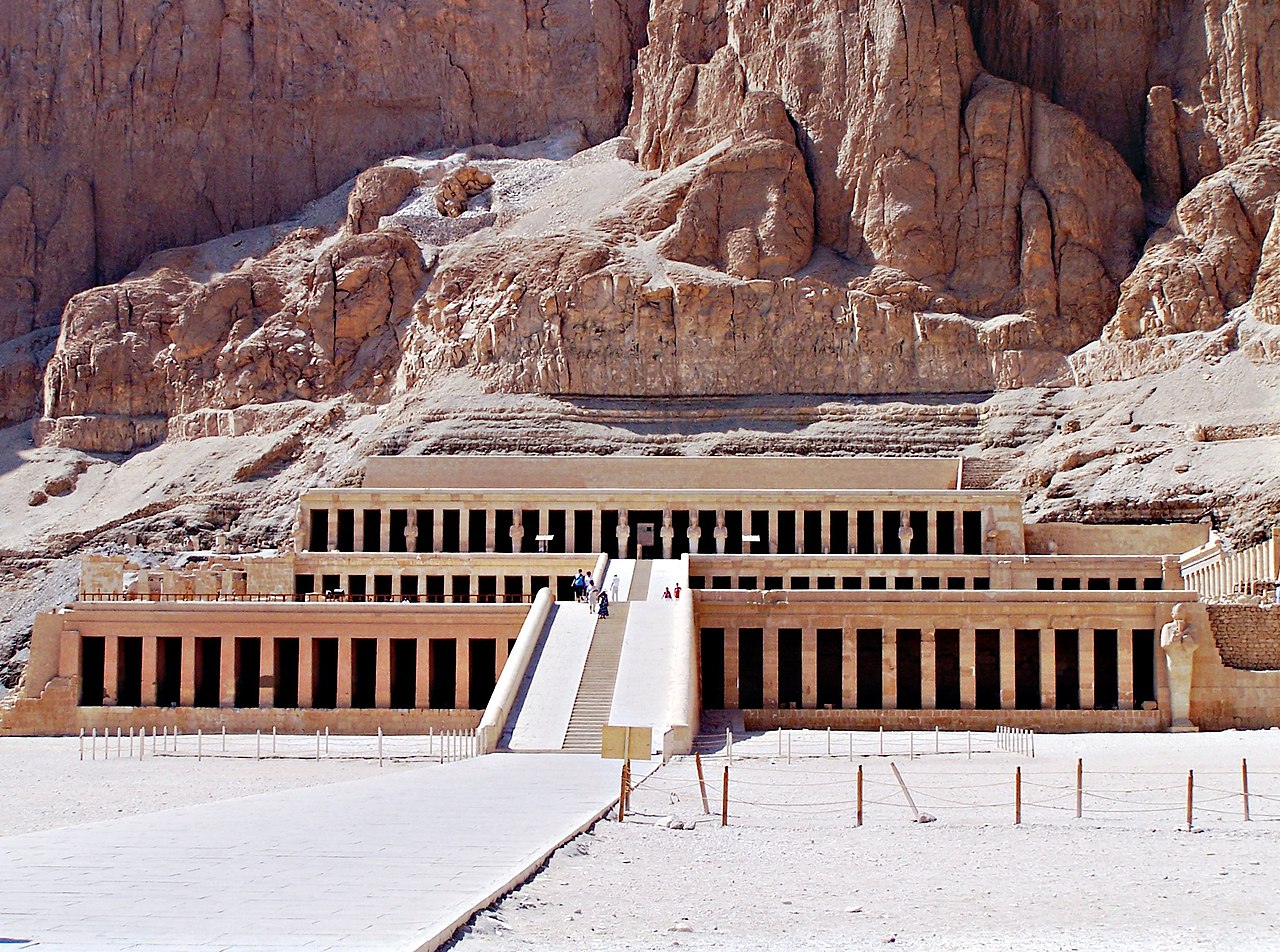It happened today - April 24, 2016

There sit the pyramids, big and pyramidal. There sits the Sphinx, mute and cryptic. Actually I say “the Sphinx” but the one you’re thinking of, at Giza, is just a Sphinx, albeit the biggest of all and indeed the biggest monolithic statue in the world. There are others. But we’re not sure what the Egyptians even called them or why. And then there are all those tombs and pharaohs that we’re not even sure who they are or when they ruled or how many people they were.
On the other hand, there’s Hatshepsut. She pretty much took over on this date, April 24, back in 1479 BC which would be a heck of a long time ago even in England or Greece but in Egypt is the 18th dynasty. Yup. A dozen and a half.
Hatshepsut was the chief wife of pharaoh Thutmose II and when he bit the dust and her son Thutmose III became pharaoh at the tender age of two, she was basically in charge. And how.
Actually the chronological details are a bit blurry. The Egyptians didn’t have digital watches. But somewhere along the way she went from being Mrs. Pharaoh or Mrs. Pharaoh’s Mum to being actual Pharaoh. And as Pharaoh, one of the most successful of the 18th dynasty which is itself one of the better ones, the first of the New Kingdom and, despite the sorry Akhenaton/Tutankhamen episode, the precursor to the 19th that included the iconic Ramses II. But I’m getting ahead of myself.
The point is, Hatshepsut was a very successful ruler. She restored Egypt’s trade and was such a prolific builder that later Pharaohs tried to put their names on her stuff. She was also so militarily effective early on that most of her reign was notably peaceful. And she left us a stunning mortuary temple.
One of the ways Egypt was weird is that its rulers apparently put more emphasis on being dead than being alive. Not that a focus on eternity is inappropriate if you believe in same. But I think your house should be nicer than your grave. They don’t seem to have.
That quibble aside, her mortuary temple belongs on anyone’s list of “100 Greatest Buildings Ever”. Elegant and serene, it also achieves the difficult feat of making an essentially binary design harmonious and satisfying because of the stunning central stairway between the two wings.
She wasn’t the first female ruler of Egypt. And she’s a lot less famous than Cleopatra. But she was a lot better at it. And by the way, she has a very nice granite Sphinx of her own complete with pharaonic beard. She earned it.